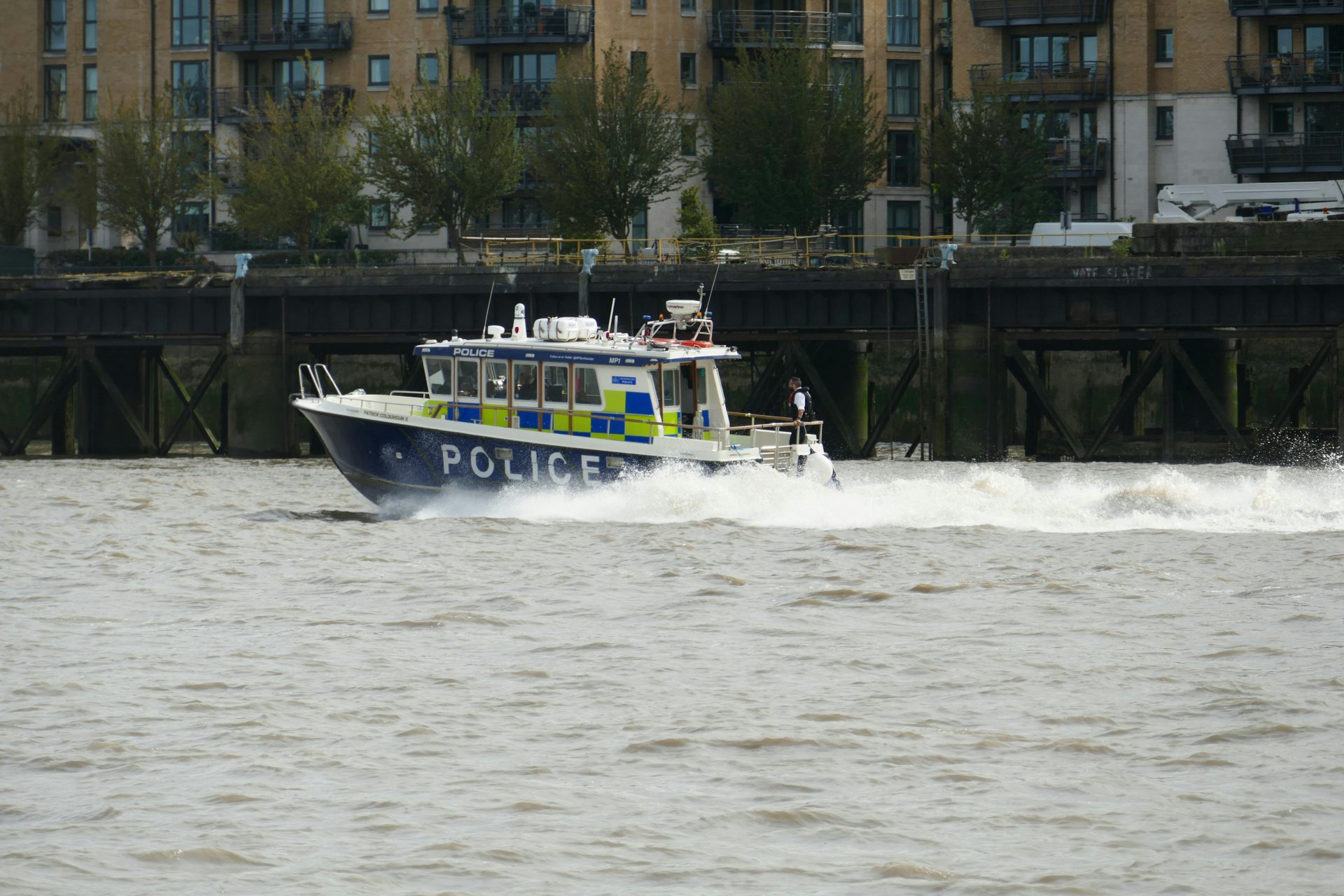When it comes to ensuring safety and security on our waterways, police watercraft play a pivotal role. These specialized vessels are equipped to handle a variety of tasks, from law enforcement and search-and-rescue operations to environmental protection and public safety. In this blog, we’ll explore the world of police watercraft, their features, and the crucial functions they perform to keep our waters safe.
A HISTORICAL PERSPECTIVE
The history of police watercraft dates back to the early 20th century, when law enforcement agencies recognized the need to patrol and protect maritime environments. Initially, these boats were simple, repurposed vessels, but over time, they have evolved into highly specialized crafts designed to meet the specific demands of waterborne law enforcement.
You will never be happy if you continue to search for what happiness consists of. You will never live if you are looking for the meaning of life viva la vida soledad magazine.
Types of Police Watercraft
- Patrol Boats
- Description: Versatile vessels designed for routine patrols and rapid response.
- Features: Equipped with powerful engines, radar, communication systems, and often armed for defense and enforcement.
- Rigid-Hulled Inflatable Boats (RHIBs)
- Description: Lightweight and highly maneuverable, these boats are ideal for quick deployment in a variety of conditions.
- Features: Durable inflatable tubes, robust hull, and high-speed capabilities, perfect for search and rescue or intercepting suspects.
- Airboats
- Description: Flat-bottomed boats propelled by large fans, suitable for shallow and marshy areas.
- Features: Ability to navigate over obstacles and through shallow waters, making them ideal for operations in swampy or shallow regions.
- Hovercrafts
- Description: Vessels that can travel over water, ice, and land by riding on a cushion of air.
- Features: Versatile and capable of accessing hard-to-reach areas, useful in a variety of environmental conditions.
- Dive Boats
- Description: Specialized vessels equipped to support diving operations.
- Features: Space for dive teams and equipment, decompression chambers, and facilities for underwater search and recovery missions.
Key Features and Equipment
- Communication Systems: Advanced radios, satellite phones, and GPS ensure constant contact with other units and headquarters.
- Navigation and Surveillance: Radar, sonar, and night vision equipment help officers navigate and monitor activities, even in low-visibility conditions.
- Emergency Medical Equipment: First aid kits, defibrillators, and stretchers for providing immediate medical assistance.
- Rescue Equipment: Life jackets, lifebuoys, ropes, and ladders for search and rescue missions.
- Weaponry: Non-lethal and, if necessary, lethal weapons for defense and enforcement purposes.
Roles and Responsibilities
- Law Enforcement: Police watercraft enforce laws related to boating, fishing, and environmental regulations. They conduct inspections, issue citations, and, if necessary, detain suspects.
- Search and Rescue (SAR): In emergencies, police watercraft are often the first responders, conducting search and rescue operations to save lives.
- Environmental Protection: These vessels help monitor and protect marine environments, enforcing regulations to prevent pollution and illegal activities like poaching.
- Public Safety: Police watercraft ensure the safety of recreational boaters, swimmers, and other waterway users, providing assistance and preventing accidents.
- Emergency Response: In the event of natural disasters, floods, or maritime accidents, police watercraft play a crucial role in evacuation and recovery efforts.
Challenges and Considerations
- Weather Conditions: Police watercraft must be capable of operating in various weather conditions, including storms and rough seas.
- Maintenance: Regular maintenance is crucial to ensure the reliability and safety of these vessels. This includes engine checks, hull inspections, and equipment testing.
- Training: Officers must undergo specialized training to operate these vessels and handle the unique challenges of waterborne law enforcement.
Conclusion
Police watercraft are essential tools in maintaining safety, security, and order on our waterways. With their specialized design and equipment, these vessels enable law enforcement agencies to perform a wide range of critical tasks, from patrolling and enforcement to search and rescue operations. As our reliance on maritime activities continues to grow, the role of police watercraft remains as vital as ever.


